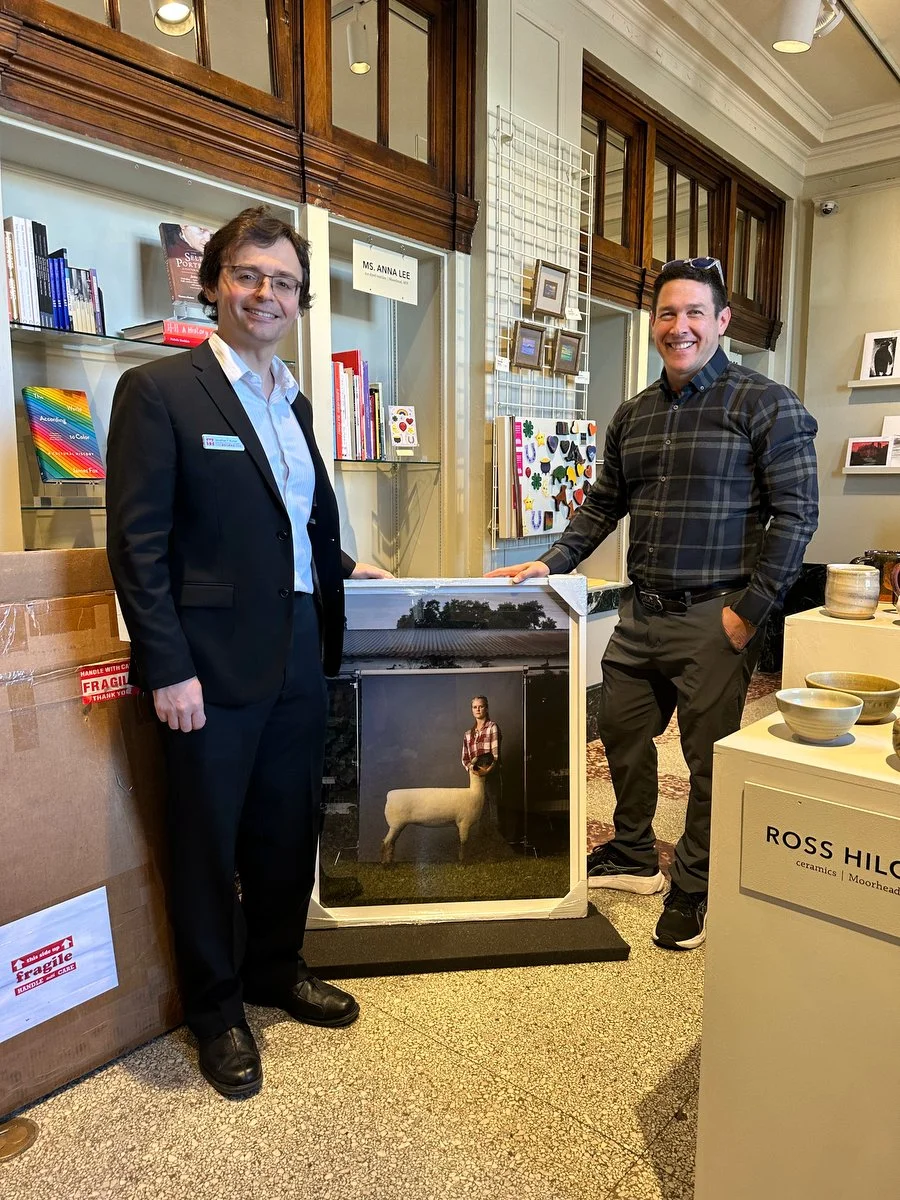While I’m not at Paris Photo this year (boo), I thought I’d share a little story to help other photographers get work into a museum collection— while still getting paid (yea).
The triangle is my favorite shape in the art world, inspired by the relationship between artist, curator, and institution. If an artist donates their work to a museum in the US, according to the IRS, they can write-off cost of goods, not market value (boo). My strategy, which has worked more than once, is:
1. Get the head nod from the curator once acquisition policies are known.
2. Present a case to a patron benefactor, explaining the value of the relationship you are helping to create.
3. Don’t be afraid to be clear what you want, in this case for the patron to acquire the work from the artist then donate to a museum.
It's not a difficult as you might imagine— produce good work and be genuine/enthusiastic about finding a good home for it.
Worse case: You get a No.
Best case: You get PAID and your work may be enjoyed by the public for years to come. And patrons are helping artists build relationships with institutions via the artist. And patrons can write off market value of the work to reduce taxable income.
Win. Win. Win.
While a gallery can be apart of this process, it adds complexity to an already complex process for living artists.
Special thank you to Bruce Gjovig, curator Jonathan Rutter, and Rourke Art Museum and for helping to make this happen.
“Anna and Helen, Blue Earth County Fair, MN, 2016” exhibition print from the #taylorwessingportraitprize.
Rourke Art Museum Executive Director & Curator Jonathan Rutter (left) and R. J. Kern with Anna and Helen, Blue Earth County Fair, MN, 2016 (Artist Proof) from the project The Unchosen Ones at the Rourke Art Museum (Moorhead, MN).





